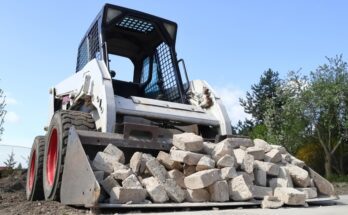Many commercial properties are still experiencing lower foot traffic levels after the pandemic and as many businesses have switched to remote or hybrid models. The lower foot traffic has led to increased pest control issues because pests become emboldened to enter these properties in search of food and habitats when they are less likely to be discovered easily. Property managers should, therefore, find ways to protect their properties from the devastating effects of pest infestations.
Conduct Routine Inspections
Looking for signs of infestation can help you get ahead of the issue before it gets out of hand. Some signs to watch out for include gnawing, rub or bite marks, dead or live rodents, nests, and droppings. In the case of insects, you might see some crawling around, and where there is one, there are likely to be many more.
Storage areas where things are placed close together, thus providing hidden breeding or nesting spots, should be the first place you look. It is also a good idea to ask tenants to check whether there are signs of infestation in their bathrooms and kitchens if you provide those facilities.
Work with a Pest Control Partner
Another way to address pest and infestation issues is to work with a licensed, experienced, reliable pest control specialist. Professionals who handle commercial pest control London know what signs to look for to see if you have an infestation, how to prevent it, and getting rid of pests and rodents if they find an issue.
Once they have dealt with the rodents and pests, they will help you put a plan in place to protect the property from infestations in the future.
Enforce Sanitation Measures
These measures should be implemented by both the property manager and their tenants or occupants. A common sanitation issue is of food that is left uncovered inside one of the units. If pests can source food from any establishments in the building, their populations can grow into more than a nagging issue.
Cardboard boxes are also a food source for some pests, and their disposal should be done correctly. These boxes can also attract curious rodents who think there might be food inside them or that they could make a great shelter.
Eliminate Potential Shelter
Cardboard boxes are just one of the many sources of shelter for pests and rodents. They also thrive in moist and dark areas where they are out of sight. These include under and behind machinery, lockers, shelves, and stairwells.
Asking staff and occupants to keep storage areas as clear and organised as possible, ensuring enough ventilation to avoid excessive moisture, and regular cleaning will help keep pests and rodents away.
Check and Seal Potential Entry Points
Different pests can fit through spaces of various sizes. These include cracks in your walls, where utility lines enter the property, broken windows and doors, and holes in the walls or basement.
Pests are not only a nuisance but can also be very destructive if they are left to thrive in a property for too long. It is, therefore, important to take measures to prevent an infestation and to work with a pest control specialist to eliminate pests and rodents if there are signs of their presence.


